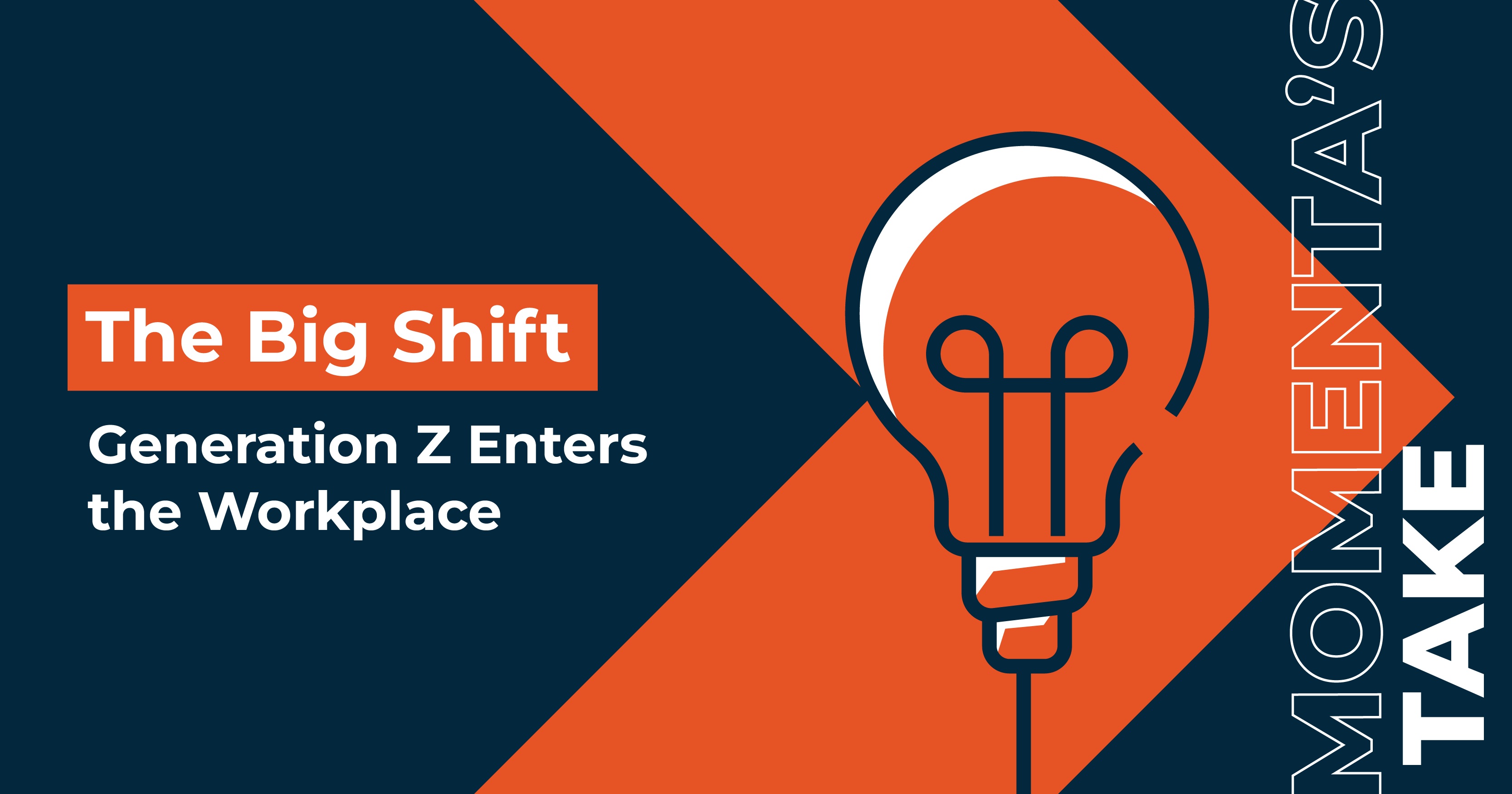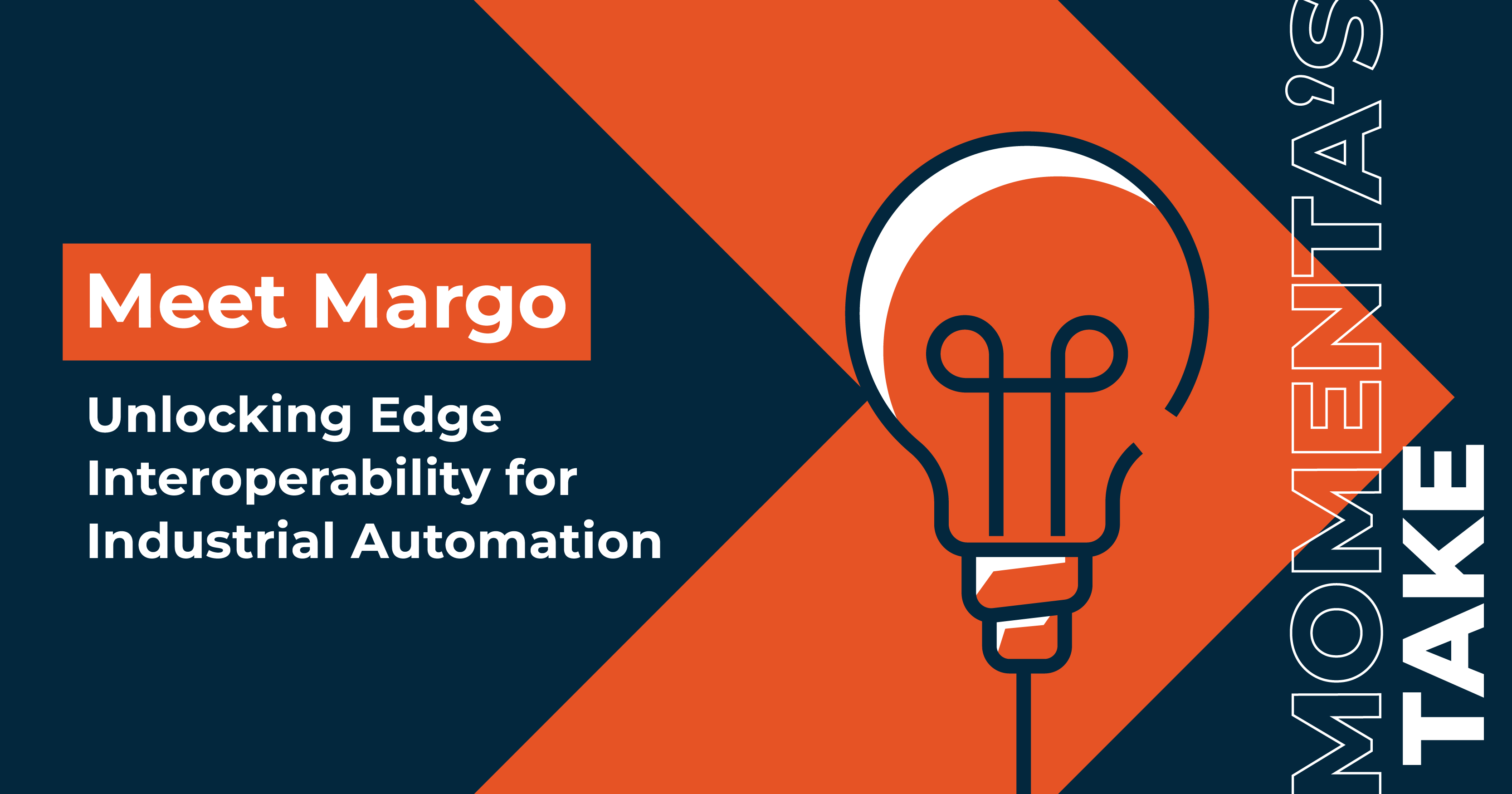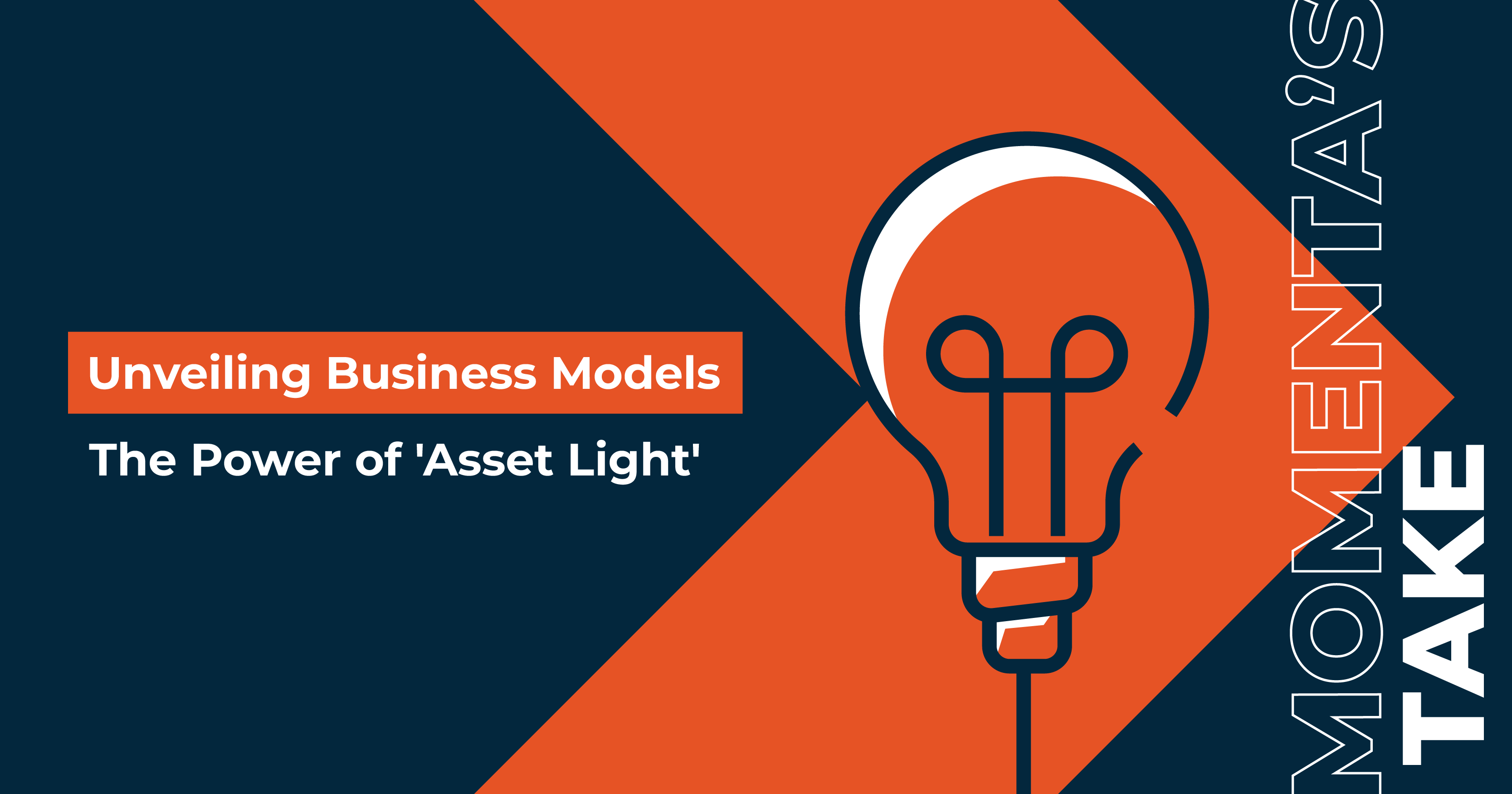Digital Transformation Profile
Digital Transformation Profile – Guido Jouret
Ken Forster

This new series highlights the key insights and lessons from our Digital Leadership series of podcasts. We highlight the key takeaways and lessons from our interviews in an accessible format.
Guido Jouret is the Chief Digital Officer of ABB, he was previously at Cisco and brought his background in IT to the industrial conglomerate. ABB is a technology leader in power grids, electrification products, industrial automation and robotics and motion, serving customers in utilities, industry and transport & infrastructure globally. With a history of more than 130 years, ABB today is focused on two value propositions: bringing electricity from any power plant to any plug and automating industries from natural resources to finished products.
How he thinks about digital transformation:
- Digital transformation shouldn’t be seen as merely cosmetic, putting some paint on an old thing and claiming, “we’re digital too”. Looking at it as adopting as many advanced technologies as possible is also suboptimal and will inflect very little enduring change. You have to look at it as a full reinvention of your business over time.
- You can’t do this as a revolution because you can’t stop serving the customers you have and stop selling the products the customers find good for their business. You have to do this in an evolutionary path.
- Expectations management is very important, and a key lesson learned is if you don’t set the expectations, they will be set for you. Then you will be on the side of this chasm of either “nothing will work” or “why isn’t it all working perfectly already”?
How he characterizes the digital transformation goals:
- Offering products and services where more of our value comes from a digital component -—the way we make our products, sell our products and from a consumer’s perspective having more digital capabilities, and lastly a transformation in business models and culture.
What are key steps for transformation initiatives?
- First, start by defining the digitalization effort and the team’s key goals – to accelerate the digital transformation of our company’s business units meaning the products, offerings and capabilities. We want to be more strategic in terms of creating and capturing more value. We do this because we believe it is important and valuable for our customers and will have benefits for us as a company.
- Second, we quickly identified one key enabler. We needed a common digital platform, a set of tools/technologies that all our business could use to accelerate the deployment of their solutions.
- Third, how do we drive awareness of what we’re trying to do with our partners, customers and ideally rally others to our cause? Then, we realized it would only work if it became internalized with each of our businesses. When I first got to ABB, I asked each business unit to appoint a Digital Leader, my direct counterpoint, that I could work with, and these became my local correspondents for each of our business units.
How does the organization organize sponsorship and leadership?
- It starts with choosing good people. As time has gone by, we’ve had to make changes, but we had to make it look like the people in digital roles were seen as highly coveted roles, roles that can make a lot of impact. This has attracted a lot of people to these roles.
- Then, we define common metrics for success, we wanted to track the success of our digital transformation in a consistent way so even if you are in a different part of the organization, we are all marching to the beat of the same drum.
- Lastly while driving these solutions we had a regular cadence of customer outreach, pilot activities, initial project developments, anything we could measure. You can’t just measure the ultimate metric - profitable growth. You need leading metrics that are internal but earlier in the cycle because it will take time for all these activities to manifest themselves into profitable growth.
What potential resistance and/or risks related to the existing business were involved?
- A key resistance area which is surprising came from the investment community which was “why do you want to do all this work by extending the life of these assets by doing better…” predictive maintenance for example because if you make a motor or circuit breaker last longer than there’s less need by your customers to replace them and then your overall sales will go down. This is interesting because it seems to suggest the analogy of “if you make my car last longer, I don’t need to replace it as often.” That assumes that the whole world is a zero-sum game, that there is a fixed amount of budget we can address.
- What we’re actually doing with these digital technologies is expanding into new areas and tapping into costs. We’re tapping into efficiencies that were internal to these customers, meaning I have a maintenance crew doing time-based maintenance, and now I can use that more effectively. I don’t have to have that many technicians, therefore I am more willing to spend more on your products or service offering than before because I will make up the savings on the internal inefficiencies.
- A second resistance is when you are dealing with life threatening, mission critical circumstances like a transformer exploding and electrocuting someone. Availability, stability and safety is key. Therefore, if you want us to come and do some tinkering that is not the place to start. You want to start with digital technologies that are more forgiving and less mission critical if you know it is early on in the process.
- A third could be customers. Who is more willing to embrace something innovative and new? I cite Geoffrey Moore in the “Crossing the Chasm” theory with the gorillas and the chimps. The established big customer and #1 in the industry has less incentive to embrace new things because they have more to lose. Then the #2, #3, #4 in the industry is willing to try things because they would like to become #1 and may find the new technology as a way to make an end run to the established larger player. When we as a team work with our businesses and we ask to meet the customer, they may want to introduce us to their biggest customer who knows the most when we may want to start by meeting a smaller customer who is more willing and go to the bigger one later.
How is success measured or assessed?
- Clayton Christensen said financial metrics can be toxic to innovation—I wouldn’t go that far. You need appropriate metrics for the stage you’re in. What’s easiest, especially for a mature business is to say “show me revenue growth and margins,” but that’s at the tail end of this. You need to ask what some of the earlier metrics are.
- In the early stage you want to measure momentum more than the actual quality of the output. If you don’t establish momentum you won’t get that quality of financial result out the back end. Initial momentum is about initial capability; do you have an organization in place, how many people have you hired, what is the quality of those people. Then talk about your portfolio, how many solutions do you have, how are you selling, how much interest do you see in your customer, what is your pipeline, how many people are trained for digital, number of devices connected to platform, R&D development. You measure at the appropriate stage these various things.
- Another metric which is a little subtler is the sales cycle where digital conversations become system conversations. The level of seniority that you have these conversations goes up, before there’s an RFP there’s an RFI and before that is a conversation with a CXO.
Key lessons from your experience?
- Agility: the ability to take feedback and adapt is a key element of digitalization. We are in the industrial space which is a long process cycle that lasts for years. Therefore, there is a natural aversion to trying new things in the industrial space.
- Customers, on the other hand, are more interested in trying new things, and we need to try to find those customers and adapt and evolve with them. Have one part of the company continue to focus on highly reliable and predictable employments and have the other part be more agile, adaptable, and able to course-correct and aware that not everything that is tried will make it into production - or even work.
Anything to do differently if doing it over again?
- When I look at regrets, I look at whether I could’ve gone faster, or if I went too fast. Many times I would say I could’ve gone faster on certain things, the problem wasn’t that the wheels were flying off, it was the question of whether I was being too conservative and could’ve gone even faster. The key thing to do, which I think we did well, was to continue to have strong support from the top with your CEO and CXOs which was good because change is hard. And continuing on an ongoing basis to manage and set expectations is probably about a third of the role of a Chief Digital Officer.

Momenta Partners encompasses leading Strategic Advisory, Talent, and Investment practices. We’re the guiding hand behind leading industrials’ IoT strategies, over 100 IoT leadership placements, and 17+ young IoT disruptors. Schedule a free consultation to learn more about our Connected Industry practice.



